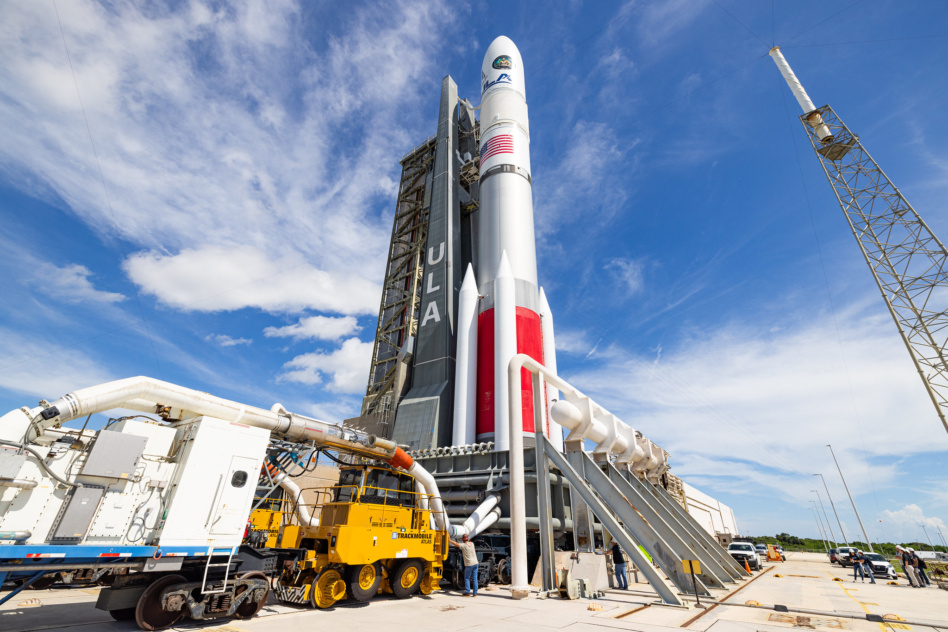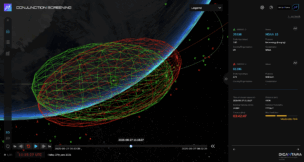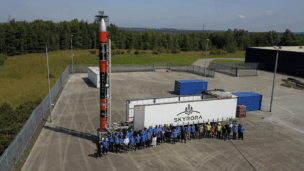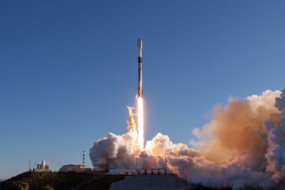ULA’s Vulcan rocket is expected to deliver a technology-demonstrator satellite and REDACTED PAYLOADS directly to geostationary orbit from Cape Canaveral, during a launch window that opens today at 7:59 pm ET.
The GEO direct injection flight profile requires the most powerful configuration of Vulcan sent to space yet, with four solid-rocket boosters strapped alongside the first stage’s two Blue Origin-built BE-4 engines, and a fully-fueled Centaur second stage.
“It is what we designed the rocket to do,” ULA CEO Tory Bruno told reporters last week, ahead of the rocket’s first mission for the Space Force. Bruno called this mission—the rocket’s third—the “anchor case” for the vehicle’s design, as well as one of the most difficult and longest-duration flights performed by the company.
Who’s up: The mission’s primary goal is launching Navigation Technology Satellite-3 (NST-3), an AFRL sat built by L3Harris to demonstrate positioning, navigation, and timing signals that are more resilient than GPS.
It’s the first experimental navigation satellite launched by the US in 43 years, and will spend the next year on a test campaign proving out the use of software-defined radio to elude jamming and spoofing.
And since all that extra power probably isn’t just for a satellite that is thought to weigh a little more than a metric ton, other payloads are likely aboard.
“We’re not going to make any further comments on anything beyond NTS-3 in the mission stack,” Space Force Col. Jim Horne said yesterday,
Sign on the line: After Vulcan’s two certification launches last year, the Space Force greenlit the vehicle for national security launches this spring. The second launch, however, saw issues, with one of the Northrop Grumman-built solid-rocket boosters.
“We really had to go back and work with ULA and Northrop to understand what happened there, and convince ourselves we had a good design and that we were ready to fly,” Horne said, noting that a number of full scale static fires allayed concerns about flying this mission.
Scale it up: Now that Vulcan is ready to meet its base case, ULA wants to start increasing cadence and catching up on its delayed manifest (this mission was scheduled for last year).
The company is developing a second integration facility at the Cape to allow work on two missions at the same time, and is also building a launch facility at California’s Vandenberg Space Force Base.
Bruno said ULA aims to fly nine missions this year, hitting a cadence of two launches a month toward an eventual goal of 25 missions annually. In the near-term, however, most of those flights will use up the company’s remaining Atlas V rockets for Amazon Kuiper and Viasat.




